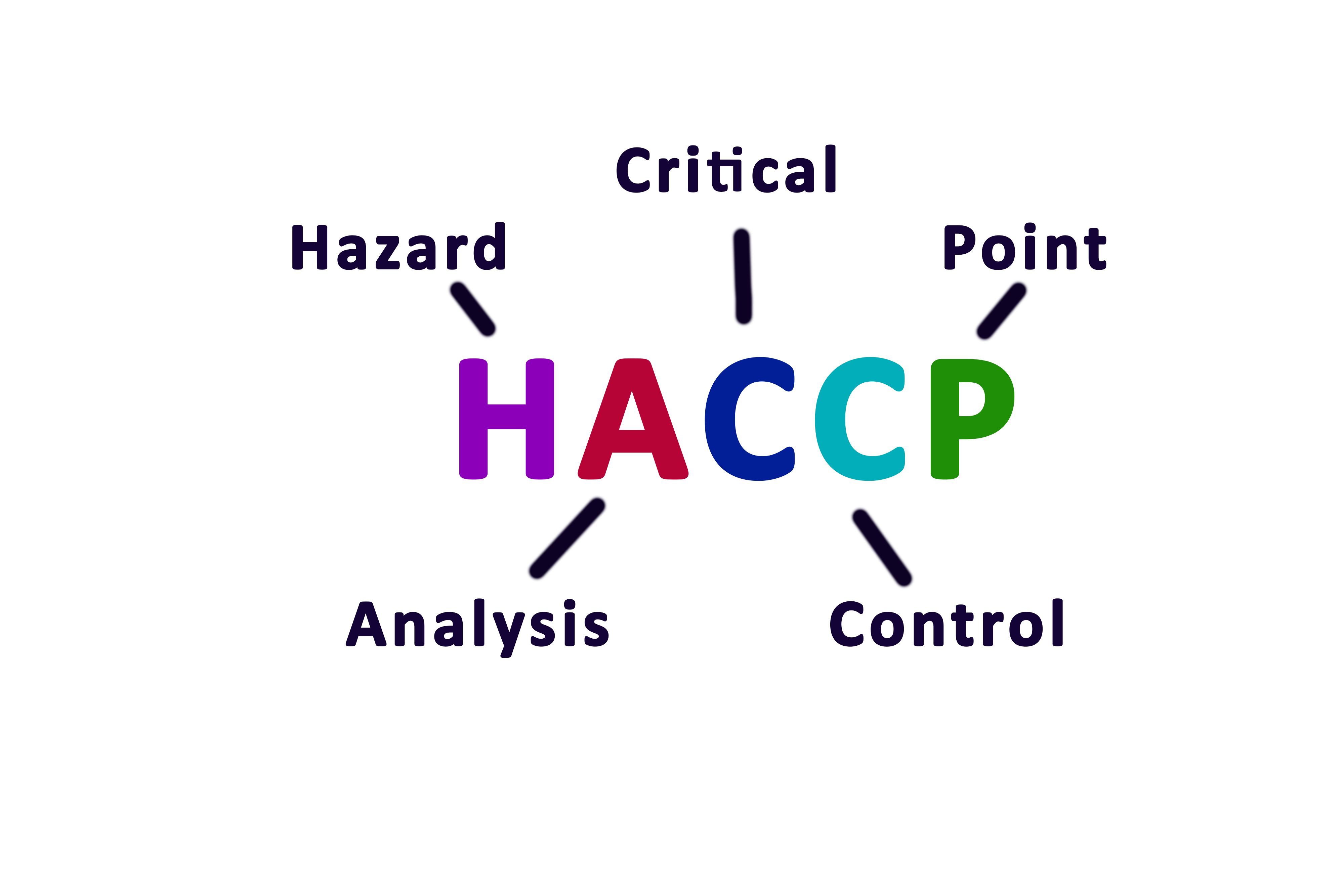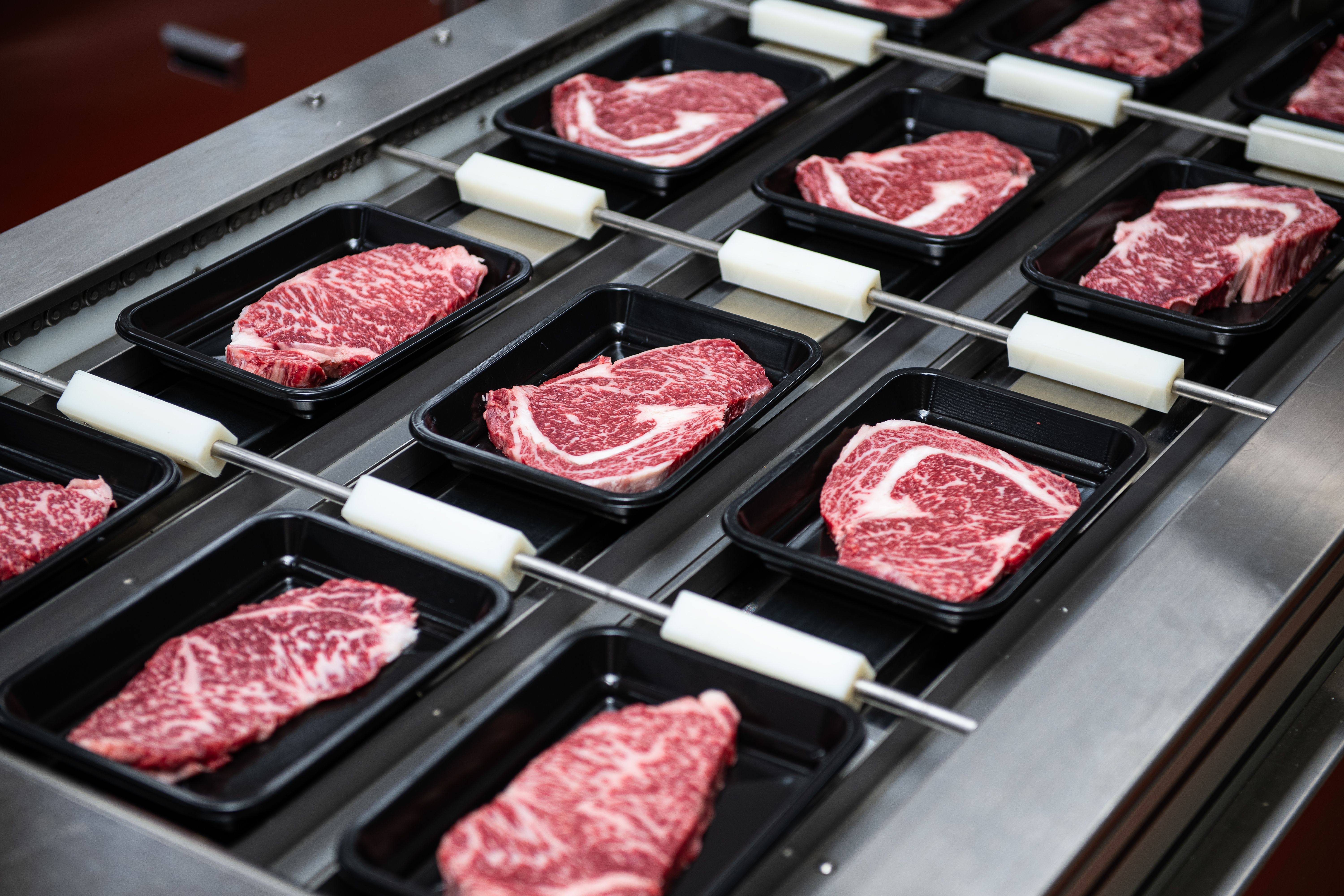Navigating HACCP Compliance in USDA-Regulated Facilities
Understanding HACCP Compliance
Hazard Analysis Critical Control Point (HACCP) compliance is essential for maintaining food safety in USDA-regulated facilities. This systematic preventive approach helps identify and manage potential hazards in food production, ensuring that food products are safe for consumption. For facilities under USDA regulation, adhering to HACCP principles is not just a recommendation—it's a requirement.
Implementing HACCP involves several steps, including conducting a hazard analysis, determining critical control points (CCPs), establishing critical limits, and setting up monitoring procedures. Each of these steps is crucial for ensuring that potential hazards are effectively controlled and that food safety is maintained throughout the production process.

Steps to Achieve HACCP Compliance
Conducting a Hazard Analysis
The first step in achieving HACCP compliance is conducting a thorough hazard analysis. This involves identifying potential biological, chemical, and physical hazards that could affect food safety. By understanding these risks, facilities can develop strategies to mitigate them effectively.
Determining Critical Control Points
Once potential hazards have been identified, the next step is to determine the critical control points (CCPs) in the production process. CCPs are stages where control can be applied to prevent or eliminate a food safety hazard or reduce it to an acceptable level. Identifying these points is crucial for ensuring that corrective actions are taken promptly if any deviation occurs.

Setting Up Monitoring Procedures
Monitoring procedures are essential for ensuring that each CCP is under control. This involves establishing methods and frequencies for checking that processes are operating within established critical limits. Effective monitoring helps identify deviations promptly, allowing for immediate corrective action and minimizing the risk of unsafe food products reaching consumers.
Establishing Corrective Actions
If monitoring reveals that a critical limit has been exceeded at any CCP, facilities must have predefined corrective actions in place. These actions should address the cause of the deviation and ensure that the process is brought back under control. Clear documentation of these procedures is vital for maintaining compliance and demonstrating due diligence.

Documentation and Verification
Proper documentation is a cornerstone of HACCP compliance. Facilities must keep detailed records of hazard analyses, CCPs, critical limits, monitoring activities, and corrective actions. This documentation not only supports compliance but also provides valuable data for continuous improvement of food safety protocols.
Verification Activities
Verification activities are critical for confirming that the HACCP system is functioning effectively. This may involve audits, review of records, and testing of products. Regular verification ensures that the system remains robust and that any necessary updates or improvements are identified and implemented promptly.
The Importance of Training
Finally, training plays a vital role in navigating HACCP compliance. All personnel involved in food production should be adequately trained on HACCP principles and procedures. This ensures that everyone understands their role in maintaining food safety and can contribute to the successful implementation of the HACCP plan.
By following these guidelines and understanding the importance of each step in the HACCP process, USDA-regulated facilities can effectively navigate compliance requirements, ensuring the production of safe and high-quality food products.
